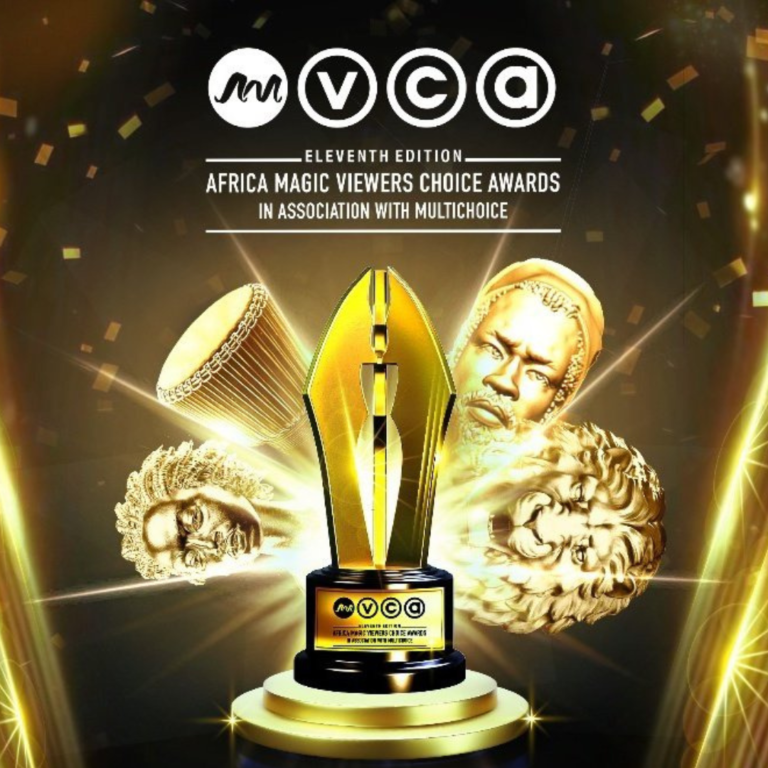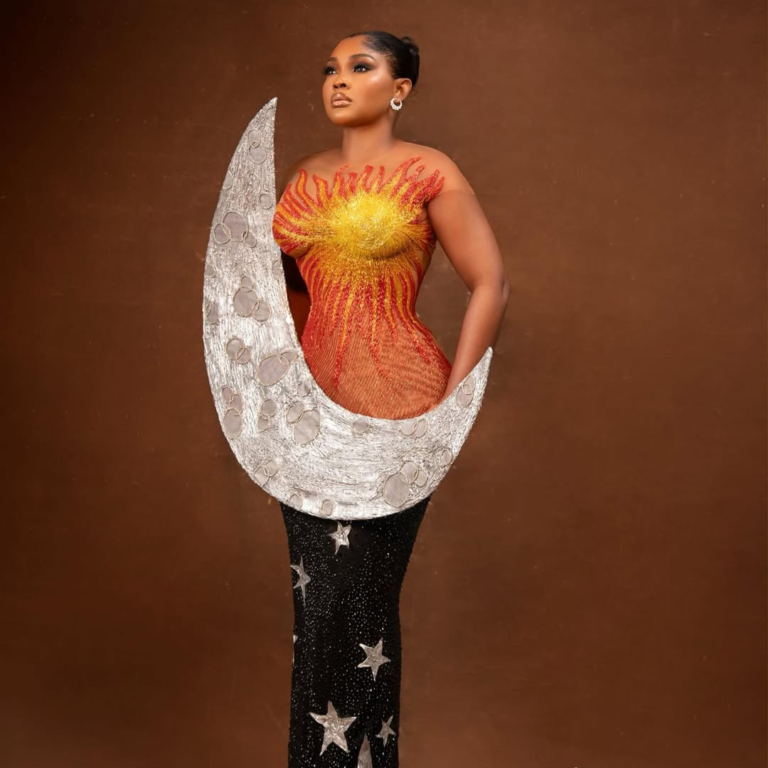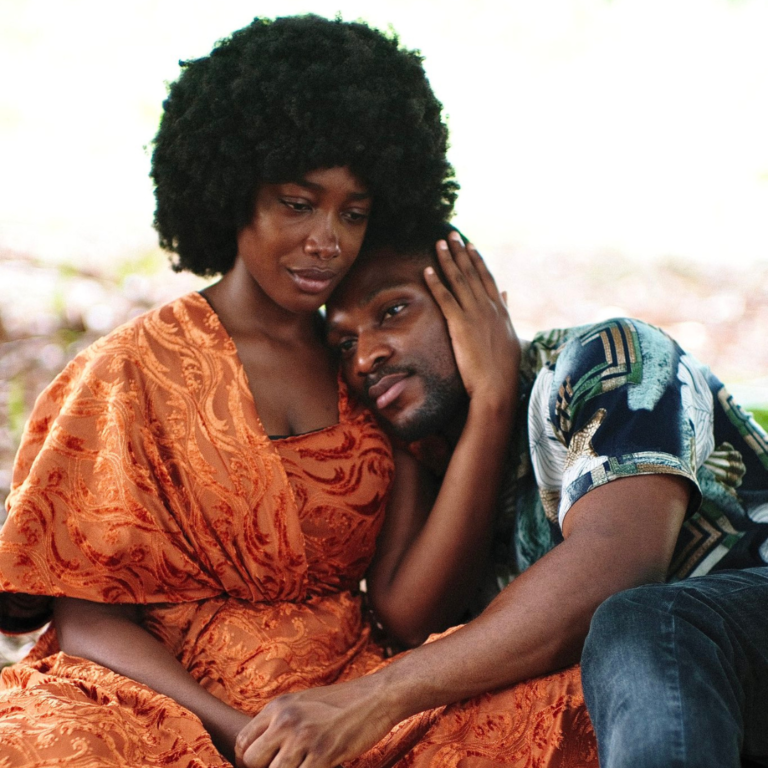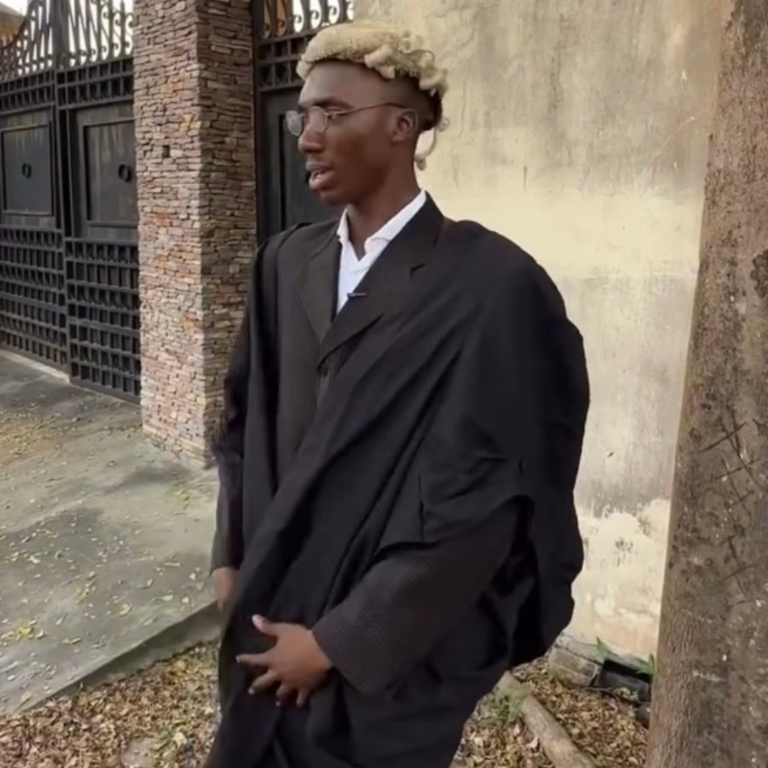Ken Nwadiogbu loved to make sketches. When he went to university to study civil engineering, it was one of the things that set him apart. So after the boys he hung around with saw a random guy drawing, they told him he had to meet him. Thus began a career as an artist.
He’s won the Future Awards Africa Prize for Visual and Applied Art, received a master’s from the Royal College of Art, London, collaborated with Absolut Vodka, Netflix, and Martel, and staged exhibitions in the UK and the US.
In this week’s Made in Nigeria, he discusses why he decided to become an artist in the first place, his rise to the top, and how he maintains his relationships with his wealthy collectors.
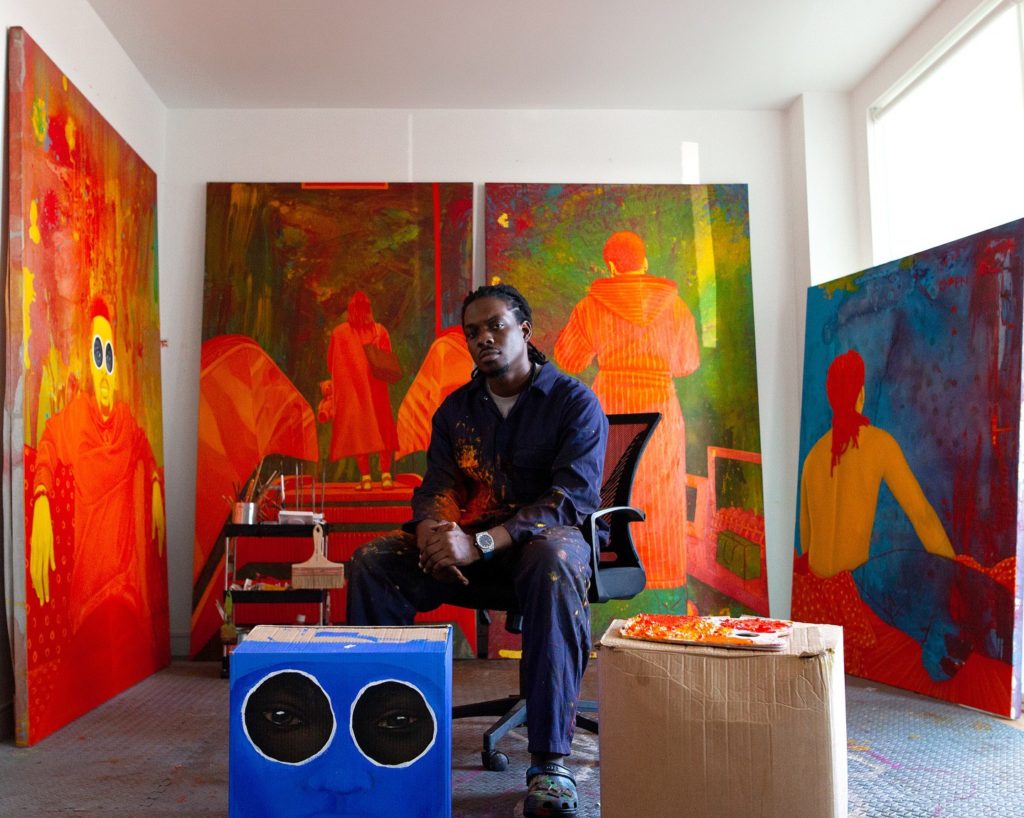
Why did you decide to become an artist?
So that in the future, I won’t say I wish I had done it. My dad was a medical doctor, and every time I heard him talk about his writing journey while growing up. He used to be in Anambra, but his writing took him to Lagos. Then he got a scholarship to Russia, where he studied medicine because he thought writing was not something you studied on a scholarship in Russia. I didn’t want to make that mistake.
How did you discover professional art?
I was at the University of Lagos studying civil engineering when my friends saw a man drawing and came to call me. I used to make bad sketches then. I saw the drawing, and immediately, love and desire came up. I tried to draw like him. He was the one who introduced me to the world of artists who were doing hyperrealist work.
I got really excited because when you draw something that looks so real, people get trippy about it. I started to study it. Every time I woke up, the first thing I wanted to do was draw. It became my breakfast.
Who was the first person to buy your work?
It was a collector, Ayo Adeyinka. He is the founder and owner of Tafeta, an art gallery in London. My friends used to pay me to sketch their girlfriends and other people as birthday gifts, and I posted the sketches on Instagram.
Ayo told me he had been watching me on Instagram and saw the work I did base on commission, but he wanted me to do something that I liked, and that was meaningful to me. He said he would buy it when he came to Lagos. In fact, the first thing he said when he messaged me was, “Baba God don answer your prayer.”
It was crazy. That was how I started my trompe-l’œil practice, these three-dimensional works that I do. Then he came to Lagos. We met at the Wheatbaker, and he bought it. He introduced me to his gallery. That was when I saw that the art world is very close and small, but when you get in, you’re in.
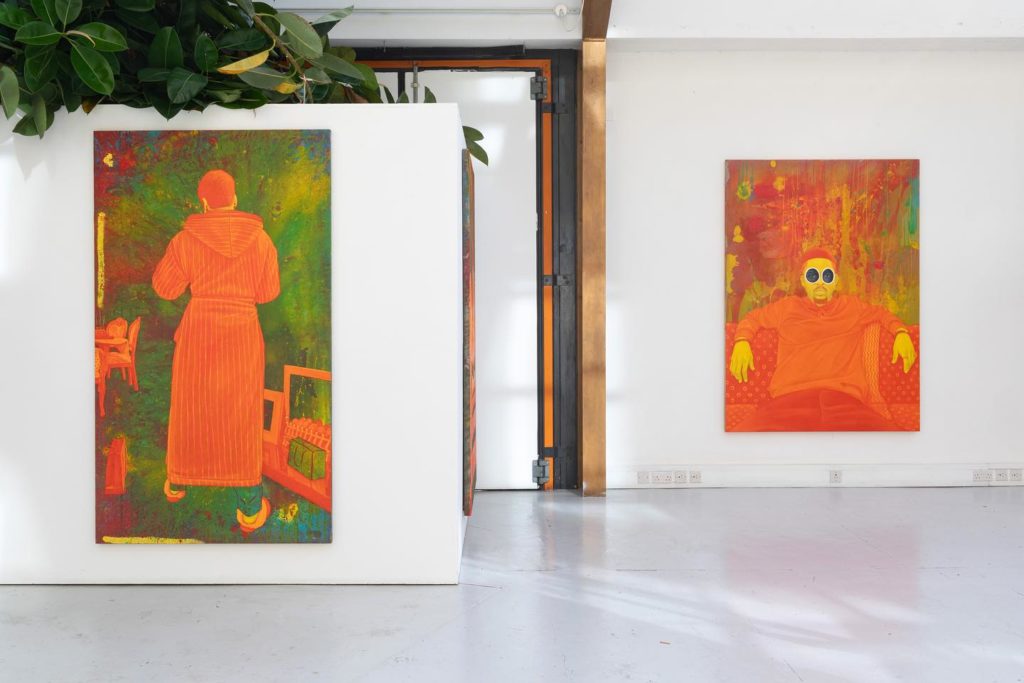
How many people have you brought into the art world?
A lot. When I was in Nigeria, six artists came to my Yaba studio to paint, and I connected them to artists and galleries. I have also given master classes where I taught people how to prepare for the galleries and how to organise exhibitions themselves. Many didn’t even study art, like Emma Odumade, who now works as a full-time painter with galleries in France. He studied physics.
How has it been finding artists you mentor with the kind of hunger you had as a young artist?
I tend to be around people who are hungry for success. There was this one guy who was very lackadaisical that I had to cut off. But most of the people I work with are hungry. My hunger feeds into them as well because they have someone who is pushing himself, so they want to push themselves with the hope that they might get to my level or even surpass me.
If Ayo Adeyinka had not bought your art, would you have pursued this career fully?
I had this plan in my book that before I finished school, I must start making money with art otherwise, I’ll be pressured into doing engineering. Even though at the time I didn’t care about making money through art, my parents cared about it. So there would have been too many forces to fight. Even when I started making money, I was still battling my parents, telling me I didn’t need to do art. I can do engineering and bring art into engineering. But I wanted to bring engineering into art.
I honestly would have been an engineer and be okay. I had an uncle who had a company and wanted to give me an internship. I just wanted my mental health to be good, but my mental health kept telling me to make paintings. I just knew I had the capability to make paintings that the public would love. Art is what stabilises my mental health.
How did you plan your first show?
I was introduced to a collector who bought all my works. They were buying my work ₦300,000 then, and so I had like over ₦1 million in my account. Imagine having that in my 400 level. He asked me how he could help me, and I told him I wanted to do a show. He suggested I do a solo show, but I knew with hyperrealism, it might not have had the impact it should. So we decided to do a group show with Arinze Stanley, Kingsley Ayogu and others and we did the “Insanity Show” in 2016 at Omenka Gallery. After that show, everything blew up. I just believed anything was possible.
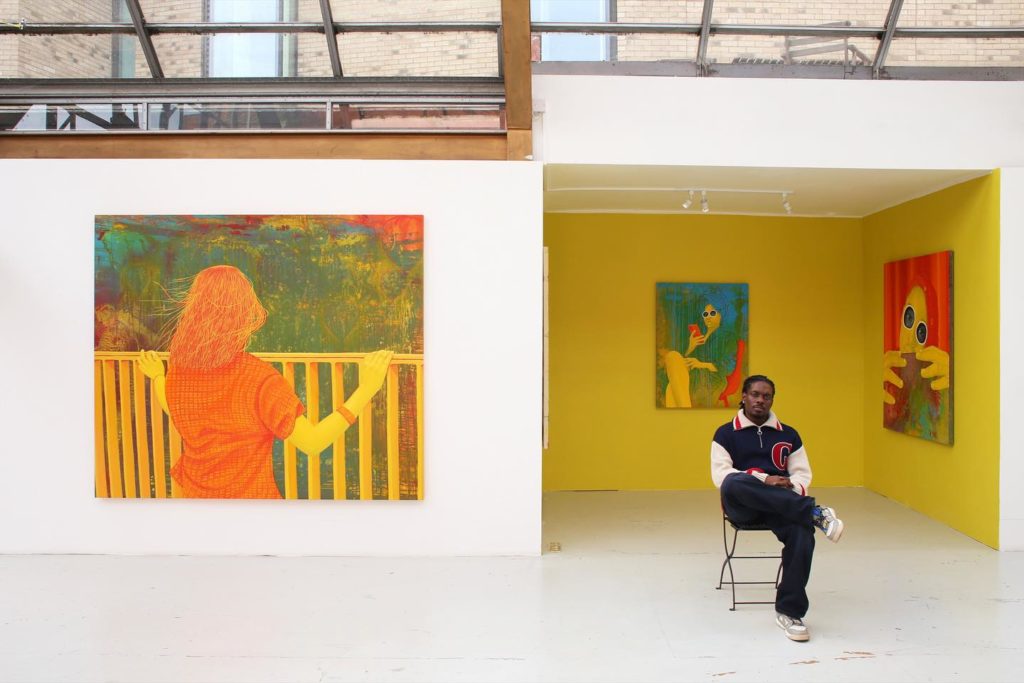
How did your first solo show come together?
My first solo show was in the UK. I posted a drawing, and Swizz Beatz saw it, and he was so excited. He posted it on his Instagram page and wrote lovely things about me. A lot of galleries reached out to me. I connected with a UK management, and they organised my solo show. It was the first time I saw a queue for an art installation. Many people in the UK have always wanted to see my work and Instagram and Twitter were very useful. I got more than a million retweets for one of the works I posted.
We spoke about having a collector pay for your first exhibition. Why do you think someone who you barely know will do that?
There is a lot of money to go around my brother. He could have spent it on drinks or something else. But he chose to spend it on this young boy with a drive. There are many reasons people do this; to brag that they bought your first collections is one of them. Now that I’m a bit more established, I’ve gifted some collectors some of my works, which is another reason. But the main reason people do that is because they’ve seen the dream. If you saw me those days, you would believe in me. I did a program then with my friend Fola David called Artists Connect, at Lekki Leisure Lake, and we brought many artists together. I went to the collector and told him about the idea, and he just sponsored the whole thing.
How do you maintain such relationships for years?
They know my value, and I know their value. There’s a lot of respect. I always keep my collectors close. I did a collectors’ dinner some years ago, and we had a chef and a classical pianist, and I spoke to them about my work and journey. This is very important. I also just like to speak to them about the work. I don’t sweet-talk collectors. I just introduce myself to them and tell them when I’ll be showing and I show them my work and tell them the gallery I work with.
The trick is that when someone sees something the first time and sees it again somewhere else, a desire for it comes. I don’t need to force them or collect their numbers. I just keep working hard and doing my best work. I always tell artists not to push it too far. A collector will only buy a work they are moved by or for financial gain.
How do you find inspiration for your work?
I like to travel. If I don’t get inspiration, I travel. I also like to assess my life. I check Instagram and the news. In conversations I have with people, I pick one or two things and start to think of how I can replicate them. One of the things that has caught my attention these days is migration, which started after I relocated to the UK.
I like to explore the experience of Africans in the UK in my work. Migration is my journey. I came to the UK first and moved back to Nigeria because it was hard. But then I came back again. When I order from Amazon, I see many “Made in China” on the boxes, and I imagine those boxes have migrated from place to place. That inspires me. Immigration is a huge theme in my work because I am an immigrant. It was when I got to London that I first started to notice my blackness. When I enter a room, my colour enters before me.
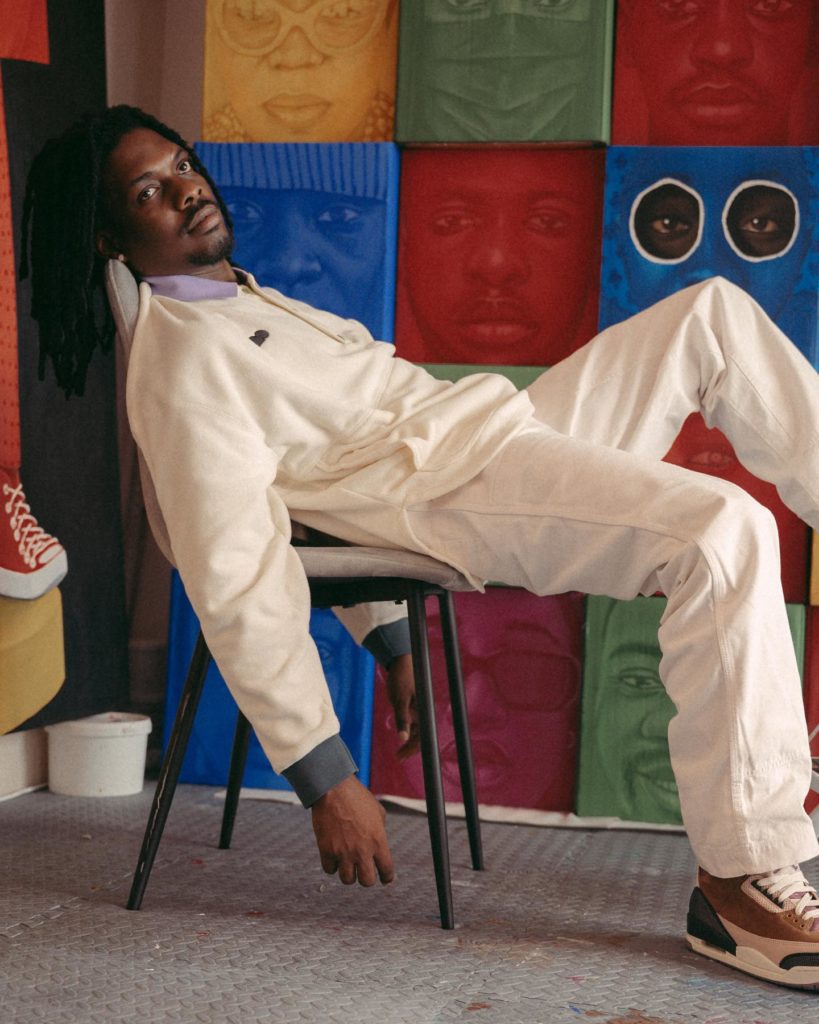
When you moved to the UK for the first time, why did you return back to Nigeria?
Finances were crazy. It was off the roof. I went from a system of yearly financial planning to one that says it should be monthly. That sort of cripples you to an extent. Then the second time COVID happened and I couldn’t travel back. Then I applied for a master’s at the Royal College of Art. My visa was six months, so I returned to Nigeria and did my first Abuja solo show when COVID came down and renewed my visa and travelled back for my master’s.
What was the experience at Royal College of Art like?
I felt like I belonged there. People said, “Ken, you know painting. What are you doing here?” But there was a lot of quiet learning that you can only get from seeing and listening. That kind of knowledge is rare. It’s a space for people who understand art very deeply. It made me embrace abstract art. I was also very serious there. It was fitting for me. I felt like I had entered my zone.
We leant patience. We learnt that ideas don’t come completely and that they take time to form themselves. As you work, you’re stepping towards the idea. But not every work that you do is a complete idea. Not every work you make should be shown. We are always burdened by the idea that the next thing must be sold, but you can create just for the studio. The finished work is what should be sold or be in a show. Also, I learnt to stay in my truest form. I have become obsessed with museums. I like to just consume the artist’s techniques, trying to understand why the work is in the museum.
People have argued that artists who, for instance, do work with immigration as a theme sell their art to people with anti-immigration politics. They say this is evidence that the artists do not really care. What do you think?
It’s wrong to say an artist should suffer for their work. They suffer to create the work. They have to survive. The work left the studio to the gallery or museum, so to some extent, it’s not for them. It’s for the viewers. If you sell the piece and take the money and put it into the work that you want, isn’t that the law of Robinhood? To say the artist should not sell the work because the buyer’s profile is not right is an argument that is morally wrong. Take the money and make a bigger piece that makes the argument even stronger. The artist’s job is to create art, the gallery sells art, collector collects art. Let everyone play their part. With the money I get from my art, I collaborate with NGOs. I’m trying to start workshops and fund the works of artists.
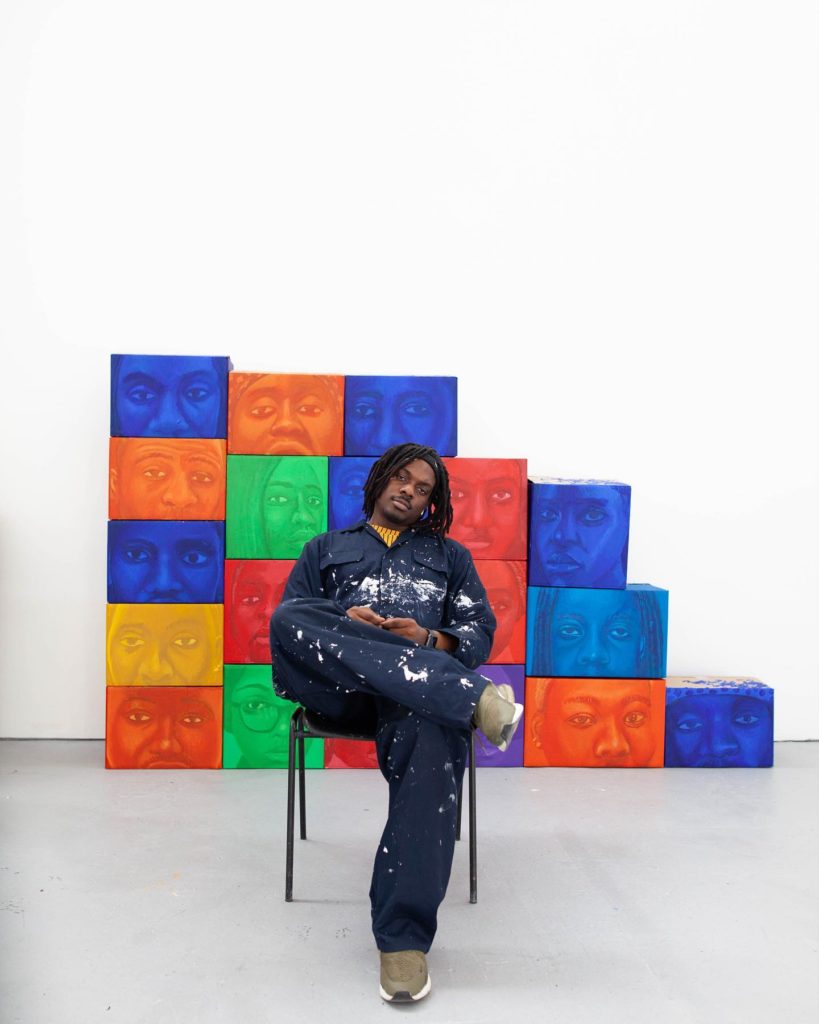
What advice would you give a younger artist?
Many artists are very concerned with the gallery side of things. I think the work is the most important thing. Whatever you’re doing, the work should never suffer.
What are you currently working on?
I’m working on some brand collaborations for next year. I like the idea of collaborating with an esteemed brand. I’m working on a project in Nigeria, and I’m about to start working on a solo show.

